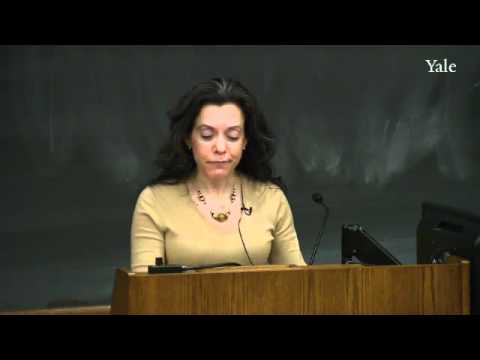YaleCourses
The American Revolution (HIST 116)
In this lecture, Professor Freeman discusses Benedict Arnold as a case study of the ways in which ideas about regionalism, social rank, and gender – and the realities of the Continental Congress and the Continental Army – played out in this period. Like many Americans during this period, Benedict Arnold thought that he could improve his social rank and reputation in the military, but he was unable to advance due to the Continental Congress’s policy on military promotions. Frustrated and facing mounting personal debts, he decided to aid the British in exchange for a reward. Arnold and his wife Peggy developed a plan for Arnold to smuggle American military plans to the British with the help of a young British soldier named John André. However, André was captured while smuggling Arnold’s papers and the plot quickly unraveled. In the end, Arnold fled; his wife played upon conventional stereotypes of women to avoid punishment; and André was executed but idealized in the process.
00:00 – Chapter 1. Introduction: Complications within the Continental Congress
06:48 – Chapter 2. Opportunities for Social Mobility in the American Revolution
14:20 – Chapter 3. Benedict Arnold’s Early Frustrating Military Career
23:36 – Chapter 4. Arnold’s Marriage with Peggy Shippen and Plans for Spying
37:39 – Chapter 5. The Unraveling of Arnold’s Plot
44:17 – Chapter 6. An Example out of John Andre and the Fate of the Arnolds
Complete course materials are available at the Open Yale Courses website: http://open.yale.edu/courses
This course was recorded in Spring 2010.
Source



